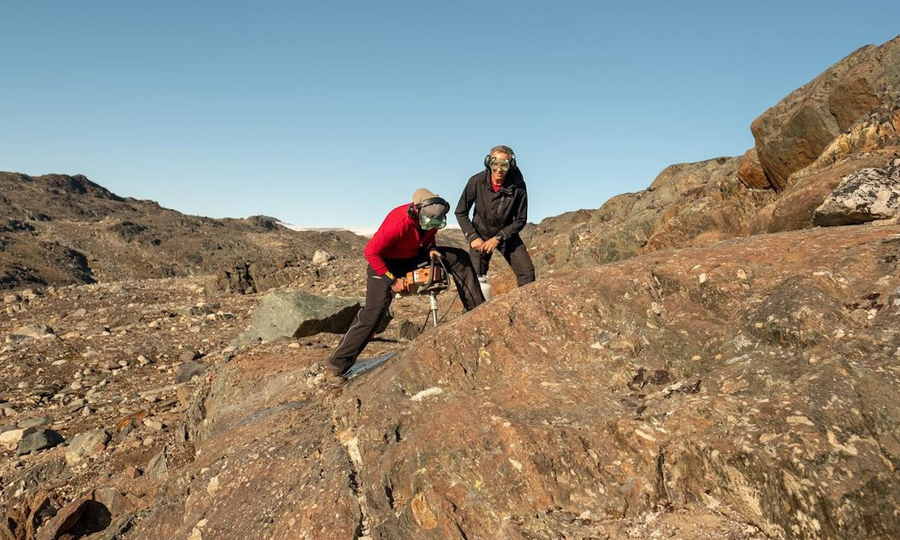Top News
Today’s Featured News
In the Media
Featured Multimedia
"Methane emission removal is the fastest way that we can ensure immediate results for reduced global warming," says Audrey Parker, a graduate student in the Department of Civil and Environmental Engineering working on systems that remove methane from the atmosphere.
Brave Behind Bars is a college-accredited introductory computer science and career-readiness program for incarcerated people. It was launched in 2021 with the support of The Educational Justice Institute at MIT and MIT CSAIL, and incorporated as an independent nonprofit in 2023.
As a cognitive neuroscientist, interdisciplinary designer, and mechatronic engineer, Alexandra Rieger is pioneering the field of Omnisensory Medicine, focusing on earlier diagnostics, data-based interventions, and targeted treatments for patients. Rieger's multidisciplinary background shines through in her dedication to healthcare access on a global scale.
Constructed of maple, steel, and plastic tubing, the computer-controlled kinetic sculpture Whale largely fills one upstairs gallery at the MIT Museum. As its 14 rotors spin, the 20-foot-long piece emits an eerie song intended to last for 225 years—roughly the lifespan of a bowhead whale.
Namrata Kala is an associate professor in applied economics at the MIT Sloan School of Management. She studies the value of employee training and incentives, and how communities adapt to environmental change. Here, Namrata speaks with MIT President Sally Kornbluth about the importance of soft skills training, and the benefits of being a straight shooter.

























